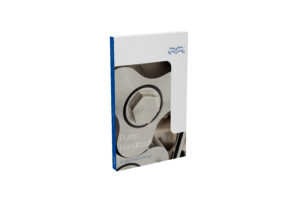Principles of Hydraulic System Design
The book gives an understanding of hydraulic components and their operational priciples as well as analytical methods that are used in system design and performance prediction.
Fluid power systems are manufactured by many organisations for a very wide range of applications, which often embody differing arrangements of components to fulfil a given task. Hydraulic components are manufactured to provide the control functions required for the operation of systems, each manufacturer using different approaches in the design of components of any given type.
As a consequence, the resulting proliferation of both components and systems can, to the uninitiated, be an obstacle to the understanding of their principle of operation. The book is structured so as to give an understanding of:
- The basic types of components and their operational principles.
- The way in which circuits can be arranged using available components to provide a range of functional outputs.
- The analytical methods that are used in system design and performance prediction.
Components are arranged to provide various generic circuits, which can be used in the design of systems so as to suit the functional characteristics of the particular application. In order to aid the understanding of the mechanical principles involved, diagrams of some manufacturer’s components are included in the book. These are shown to give examples only and are not comprehensive, and have been reproduced from technical literature.
The book has also been prepared to provide the basis for the BFPA course ‘Principles of Hydraulic Fluid Power System Design’ under the auspices of the BFPA Education and Training Committee.
Product details
Principles of Hydraulic System Design
by Peter Chapple
250 pages
Publisher: Coxmoor Publishing
ISBN: 1901892158
(December 2002)
US$ 60.00 (GBP 35.00)
Source: VSX – VOGEL SOFTWARE GmbH






